Norway’s Vesteralen archipelago: Europe most beautiful road trip
As parts of Scandinavia grapple with surging tourist numbers, this remote corner delivers sublime scenery and serenity.
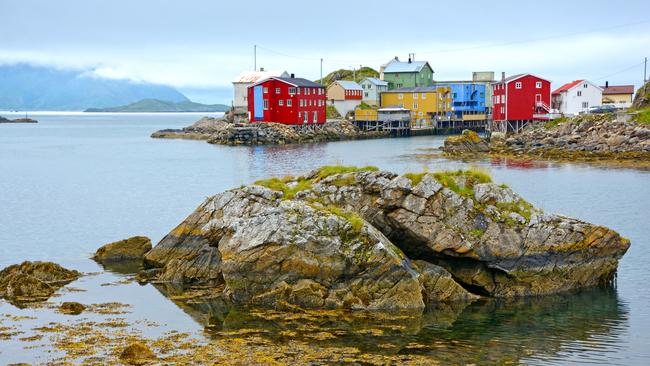
From the crest of the mountain the land splays out before me like a ruffled green rug, its pudding-bowl curves carpeted with stunted summer bushes of lingonberry, crowberry and blueberry, and studded with mushrooms. A trio of very blue freshwater lakes spill into one another, leading the eye out to the unusually still sea, where a small white lookout tower stands on a dime of rock, like a candle waiting to be lit. Not a road, fence, electricity pylon or Instagrammer blocks my view. It is late August and I am on a hiking trail near the Norwegian village of Nyksund, on the Vesteralen archipelago, about 320km north of the Arctic Circle.
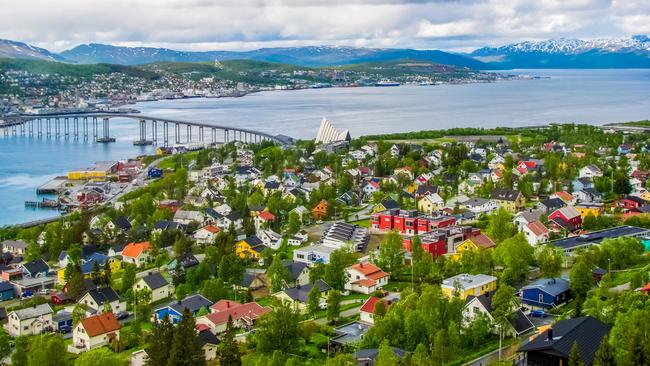
With northern lights favourite Tromso collapsing under the weight of its own popularity, and rumours of plans to introduce a tourist tax on the Lofoten Islands, travellers are starting to look for other Norwegian adventures. Vesteralen, the northerly neighbour of the Lofotens, offers an alternative that is far less travelled. This greener, gentler mountain landscape is strewn with Viking graves, shows off the northern lights for eight months of the year and is one of the few places in Europe where you can see white-tailed eagles and whales year round.
I am here to see these treats – and learn about life on the edges – on a new self-drive trip from British company Discover the World. I will hop for two or three hours at a time between remote villages, looping my way to Nyksund, a once-deserted hamlet that has been revived in recent years. From Harstad-Narvik airport I curve north for a few hours, twisting through tree-furred gullies and past houses clinging to the hems of mountains. My first stop is Andenes, at the flat northern tip of the Vesteralen archipelago.
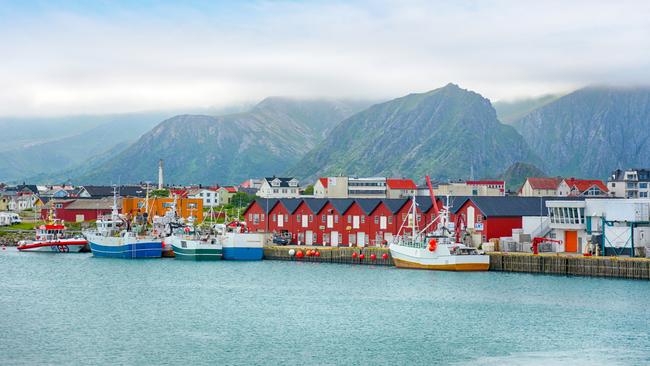
“North is best” read the runes tattooed on the shaved sides of Jitse Buitink’s head. “It’s to show solidarity with Halogaland, the old Viking name for this part of Norway,” he says, running his fingers over the black ink. With long hair scraped back and a hefty russet beard raked with grey, Buitink certainly looks fiercer than your typical museum manager, even the Andoy Museum, which is devoted to the life of a trapper and home to Hank, a stuffed polar bear.
From Andenes, an edge-of-Europe town with a red 19th-century lighthouse, you can take Zodiac excursions to see six species of whales, most notably orca and sperm. I am drawn to the dock, where a woman stands cradling a child in her arms. In thick jumpers they look out across the sea, eyes scrunched against the wind, scanning the waves. These figures are made of brass, but 100 years ago the scene would have been real; the villages along this sea-clawed coastline were founded by fisher-farmer families.

From Andenes I drive for 2½ hours to the village of Bo, the southern point of the peninsula – a journey all the more remarkable given that until a century ago there were no roads or railways here, only boats. Isolation, unpredictable weather and long months of winter darkness bred fear and fanned imaginations, inspiring literature by Nobel laureate (and Nazi sympathiser) Knut Hamsun and fairytale novelist Regine Normann. Normann’s life is remembered in a small exhibit at Museum Nord in Bo. “Stories were a way to tame and understand the weather and landscape; a way to survive it, so life didn’t feel so random,” says Julia Soether, the museum manager. Drowning seemed too arbitrary, but being taken by draugen, the monster spirits of dead fishermen, gave a name to a faceless foe. On an outcrop near the museum stands a giant. Four metres tall, he is covered in urchin-like spines and, with outstretched arms, offers a prism of crystal to the waves. The Man from the Sea, by sculptor Kjell Killi Olsen, is a reminder that while we may stand on land, to understand this place you must look to the sea.

Hendrik Hvashoj, the owner of Vesteralen Apartments, where I am staying, half an hour’s drive north of Bo near Klakksjorda, knows this. On the walls of his communal kitchen hang black-and-white photographs of his great-grandmother gutting fish on the island of Hamn in 1930, and his great-grandfather beside a polar bear killed on a hunting expedition to Svalbard. This parcel of shoreline has been in Hvashoj’s family for three generations. “We lived far south of here, in Bergen, but brought our one-year-old daughter to spend time here last year, and never left,” says his wife, Mathilde.
This land is also the territory of five pairs of white-tailed sea eagles, and Hvashoj organises Zodiac trips to see them with British expat Ian Robins. “I speak eagle – it’s called mackerel,” Robins says as we motor out to watch the predators swoop, rising with fish clutched in their talons. “Now, I’m going to take you to hell and back,” he says, steering us into Hellfjorden, a fjord accessible only by boat, where the indigenous Sami lived until the 1970s. Robins cuts the engine. “The real beauty of this place is not what you can see, but this …” he says, holding up a finger to signal silence.

Centuries ago people in this region survived by working together, and that spirit of community – known as dugnad – continues to thrive, particularly in the isolated coastal hamlet of Nyksund, in the far west of the archipelago, midway between Bo and Andenes.
Why build a life on this hard-to-reach promontory of rock? Fish. Every winter Arctic cod migrate from the Barents Sea to the Lofotens to spawn, passing Vesteralen on the way. Back when wooden boats still had to be rowed, Nyksund stood closest to the rich fishing grounds. Its port was lined with factories salting, drying and icing the cod for export. “I started helping my father in his fish factory when I was seven,” says Atle Wallan, 80, in the 1930s general store and post office he now runs as a cafe, filled with antiques and books. “I would pick the fish from the baskets for him to fillet. Then there were more than 200 people here.”
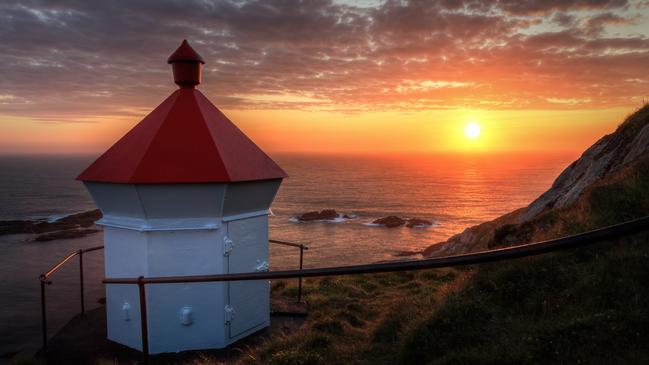
However, with engines came bigger boats that didn’t fit in the shallow port. The government paid residents to move to nearby Myre and by 1970 Nyksund was abandoned. Sheep took over the houses, which became dilapidated. There was a failed attempt to rehabilitate the town in the 1980s, but it wasn’t until 1997 that German teacher Karl Heinz Nickel and his friend, Ssmejon Gerlitz, received permission to renovate the old caviar factory into the Holmvik Brygge inn, using materials recovered from the houses. Other people and businesses followed.
Today, Nyksund has 22 residents, five pubs, one lamppost, no cars and 130 nests to which kittiwakes return each spring to hatch their chicks. Visitors can enjoy the challenging 1.6km Dronningstien trail, a bijou art gallery in the former bakery, freediving with harbour seals and chef Ringo Haupstadt’s seriously good food at the Ekspedisjonen restaurant.
But its calling card is the sense of community, of which visitors can get a taste via the Meet the Elders initiative. Wallan is one of a handful of men who grew up here. He left Nyksund when he was 16, but returned 30 years ago. “It was such a great place that I wanted to do something for the village,” he says. He makes us fresh waffles, telling me: “It doesn’t matter what you eat, drink or buy, the main thing is we can talk.”
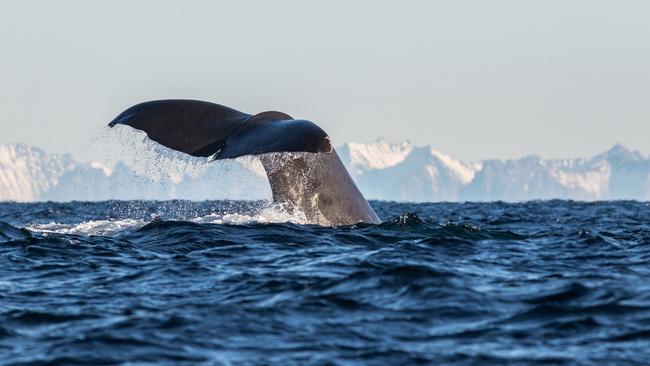
Every Saturday morning residents gather for coffee and, once a month in winter, Wallan hosts a social event at which everything is discussed, “except politics”, he says with a wink. There’s also a summer dance, a Christmas market and a storytelling festival in the first week of September (some of the tales are in English). Word about Nyksund is spreading, and in summer the village is abuzz. “Day tourism is nice,” says another resident, Dan Bjork, “but Nyksund has so much to give people – you need longer.”
I agree. I am there for three days and on my last night am invited to the home of Beate and Erling Endresen for a dinner party with villagers. Over cod and mashed potato we debate, drink wine and tell rude jokes, backdropped by a panoramic window revealing the Norwegian Sea beyond. The Vesteralen doesn’t spoon feed you sights, instead offering scope to hike manageable mountains, spot whales, eagles and glimmers of the aurora and, best of all, listen to captivating stories.
I might forgo the head tattoo, but I am ready to agree with Buitink’s proclamation that “north is best”.
In the know
Discover the World has seven-night self-drive itineraries in Norway from £1234 ($2365) a person, including car hire, accommodation, daily breakfast and comprehensive destination guides.
Emma Thomson was a guest of Northern Norway Tourist Board and Discover the World.
If you love to travel, sign up to our free weekly Travel + Luxury newsletter here.


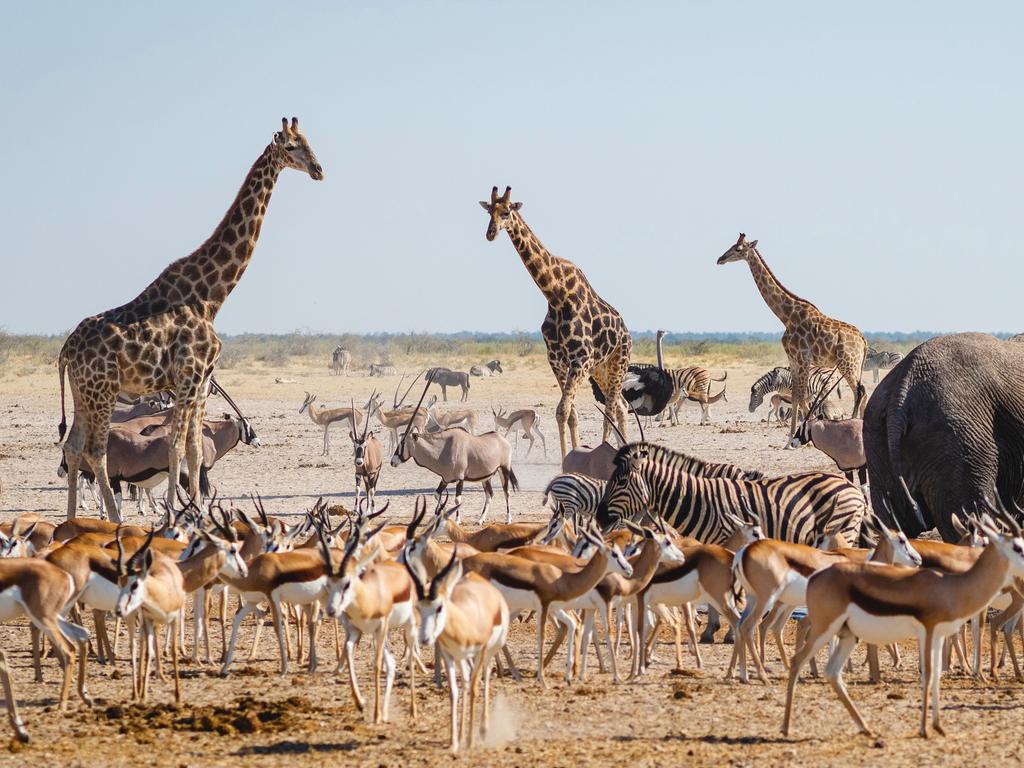
To join the conversation, please log in. Don't have an account? Register
Join the conversation, you are commenting as Logout